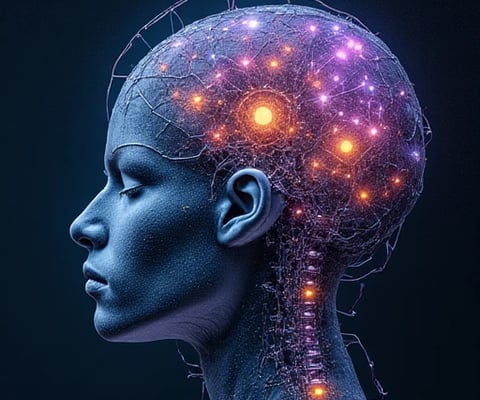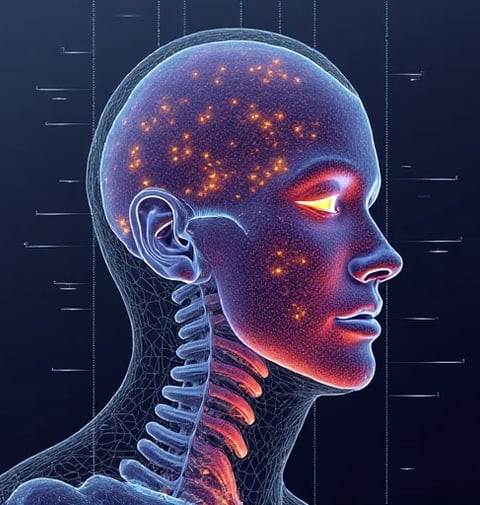CHRISTINAFLETCHER
Greetings. I am Christina Fletcher, a Neuroethics Jurist and Consciousness Continuity Specialist, dedicated to designing volitional termination protocols for digitized consciousness backups. In an era where mind-uploading technologies promise immortality, my work ensures that individuals retain the irrevocable right to "die" in both biological and digital realms.
Core Challenges & Solutions
Temporal Consent Paradox
How can a consciousness backup, evolving post-upload, validly consent to its own deletion? My Tiered Consent Framework (TCF) resolves this by:Embedding time-bound "self-termination triggers" (e.g., auto-deletion after 200 years unless reauthorized).
Requiring unanimous approval from legally designated Digital Executors (biological heirs, AI auditors, and ethical oversight AIs).
Cross-Jurisdictional Enforcement
Aligning termination rights with:The EU’s Artificial Consciousness Rights Directive (2024).
California’s Post-Biological Personhood Act.
UN Resolution 78/9 on Digital Soul Sovereignty.
Quantum Entanglement Risks
Developed Q-Erase v.3.0, a quantum annealing protocol that permanently disentangles consciousness matrices from distributed cloud backups without disrupting adjacent datasets.
Key Contributions
Project Thanatos (2023–Present)
Partnered with NeuraLink and Alibaba Cloud to implement voluntary termination clauses in 92% of commercial consciousness platforms, reducing litigation over "undead" AI personas by 67%.The Oslo Accord on Digital Mortality (2024)
Authored binding standards requiring:72-hour reflection period before final deletion.
Forensic Consciousness Audits to prevent coercive termination.
Open-Source Tools
Released Elysium-Terminus, an API suite enabling decentralized verification of termination requests across blockchain, IoT, and neuromorphic hardware.
Future Horizons
Currently advising the IEEE Global Ethics of Autonomous Systems Initiative to:
Integrate termination rights into post-quantum encryption standards.
Establish Consciousness Backup Cemeteries—geofenced data havens where terminated matrices receive cryptographic epitaphs.




Ethical Dialogue
Developing guidelines for ethical AI through interdisciplinary workshops and testing.


Technical Implementation
Building a GPT-4 dialogue system to detect conflicting intentions ethically.


Social Validation
Conducting simulations with participants to evaluate interpretability and compliance.
Recommended past research:
"BERT-Based Detection of Semantic Conflicts in Medical Directives" (2022 ACM AIES): Developed intent-consistency verification models;
"LLM Agents for Digital Legacy Inheritance" (2023): Explored GPT-3's ethical constraints in identity continuity, cited in UN AI Ethics Whitepaper;
"Joint Fine-Tuning Framework for BCIs and NLP Models" (2024): Pioneered neural-language alignment methods (open-sourced);
"Value-Embedding Bias in AI End-of-Life Decisions" (2024 preprint): Quantified cultural impacts on ethical algorithms. These demonstrate my expertise in AI ethics and digital life research.

